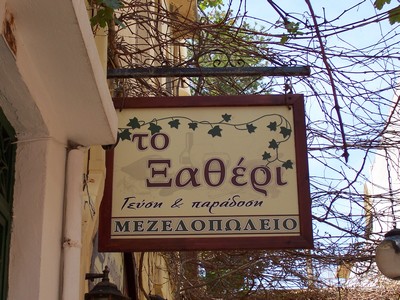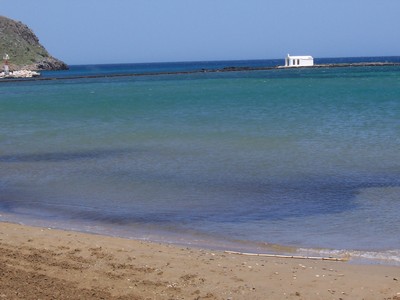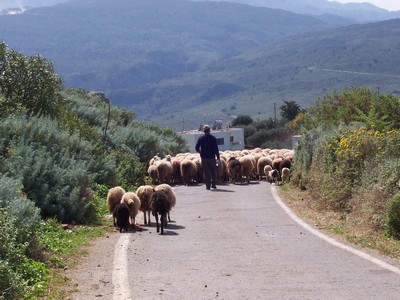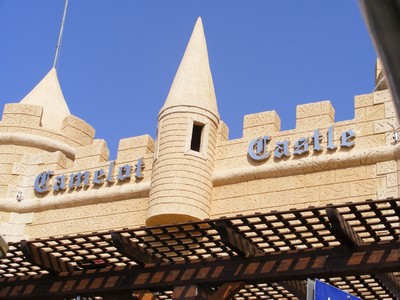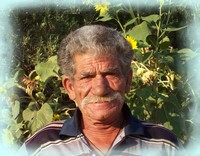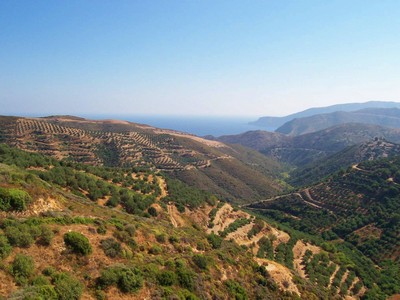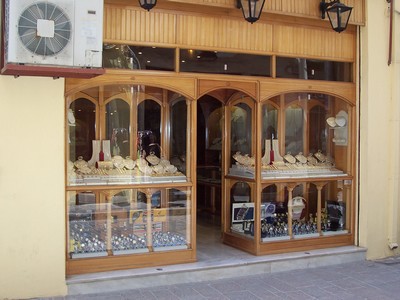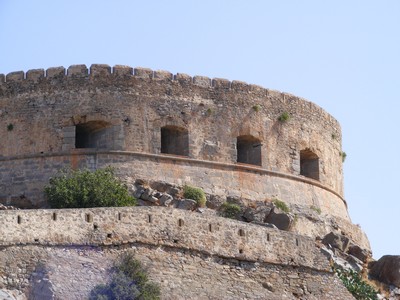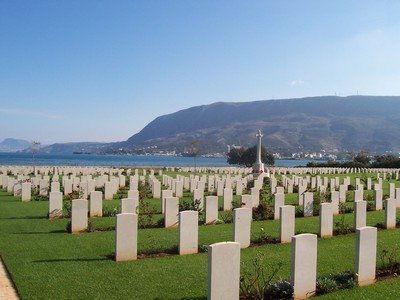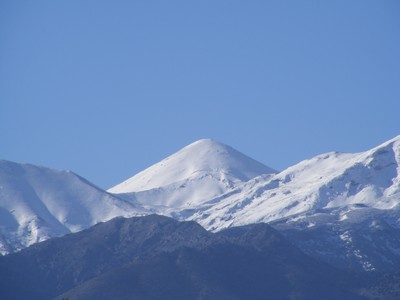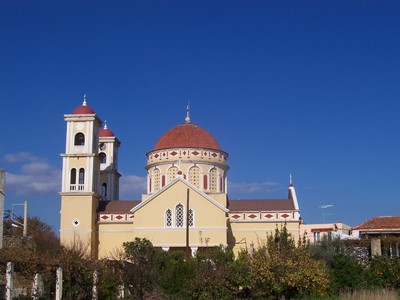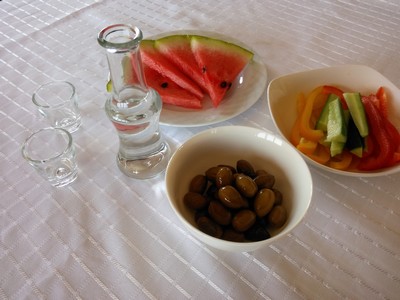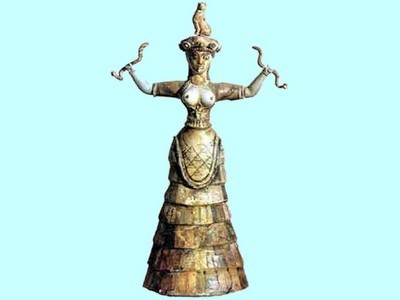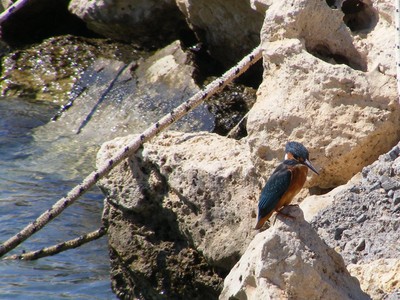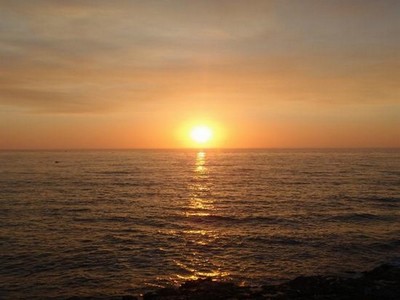Crazy about the Greek island of Crete!
Anogia Village Guide Crete
A Historic and Cultural Gem
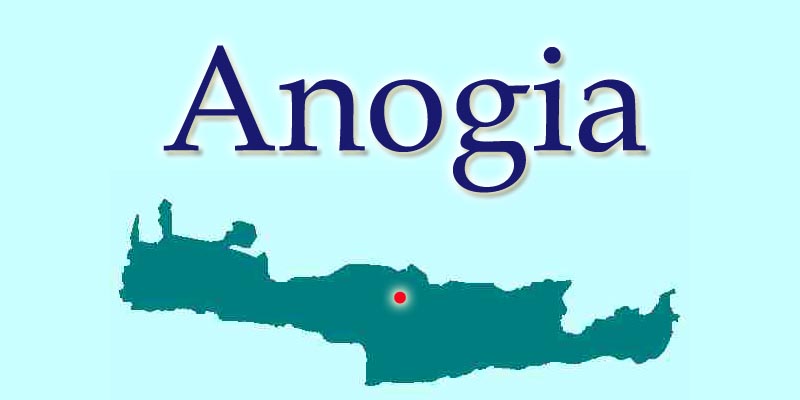
Anogia (alternative spelling Anoghia, Anoyia) is an authentic mountain village in the Rethymnon district of the Greek Island of Crete. The village has had somewhat of a turbulent and tragic history. Anogia took part in all of Crete’s struggles for liberation, particularly rising up against the Turks and their occupation of the island, and later against the German occupation in World War Two.
The village was a major centre for the resistance movement, and in 1944 resistance fighters kept the kidnapped German General Von Kreipe prisoner here before smuggling him into Africa. In retaliation, the Germans ordered the total destruction of the village. The German forces shot dead the menfolk of the village and razed every building to the ground, except for the church. The widows of those massacred men later developed their weaving industry to support themselves.
The resilient Cretans rebuilt the village, and now it stands as a testament to those brave men and women who fought against their oppressors. Winston Churchill, when hearing of the islanders' bravery during and after the Battle of Crete, said:
"The world will no longer say that Greeks fight as heroes, but heroes fight as Greeks."
Anogia Village Guide Crete
How to Get There
You can easily get to Anogia from either Rethymnon or Heraklion bus stations. Anogia is located on the border of the prefectures of Chania and Heraklion and nestles almost 750 metres at the base of the northern slopes of the Idi mountain range in central Crete, with Mount Psiloritis as the highest mountain in Crete dominating the landscape. If you're exploring central Crete, an Anogia village guide Crete is essential to truly appreciate the depth of history and beauty this place has to offer.
A Centre of Folk Art and Music
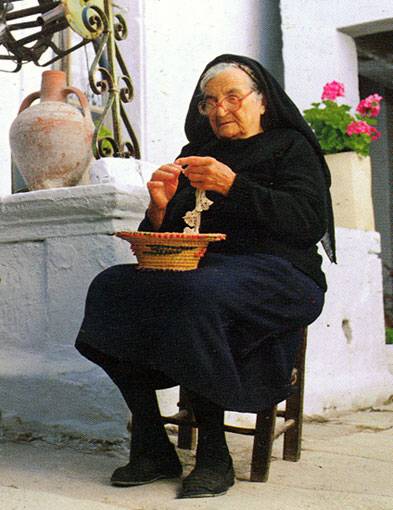
Anogia is one of the major folk art and creative crafts centres on Crete. You can visit the Folklore Art Museum as well as watch demonstrations of weaving and the art of glass manufacturing.
Anogia also has a great musical tradition, and it is the birthplace of great artists like Nikos Xilouris, Psarantonis and Vasilis Skoulas. Traditional Cretan music can be enjoyed in the village at concerts held in the open theatre Nikos Xilouris during the summer, as well as in festivals that take place on religious feast days.Exploring the Surrounding Area
The area around Anogia is wonderful for walking, hiking and cycling. The E4 Path, which is the long-distance walking route throughout Europe, goes through Anogia.
Sights to explore around the area include the breathtaking Nida Plateau and the Ideon Caves. Nida Plateau is one of the largest and most secluded plateaus on the island, and without doubt the most beautiful. Try to see it in all its fabulous glory in springtime, covered with the colourful wildflowers of Crete.
The Ideon Andron is 24 km from the village of Anogia. The cave, in which Zeus was raised according to ancient Greek mythology, represented an important place of worship in both the Minoan and Roman periods. Excavation works carried out in the interior of the cave revealed an abundance of important finds such as ceramics, gold jewellery, metal objects and, of course, the famous bronze shields.
Many archaeological sites are within easy reach, including Tilissos and Sklavokambos, with the discoveries from these sites displayed in the magnificent Heraklion Archaeological Museum.
Where to Eat in Anogia
The village of Anogia offers places to sample the traditional Cretan Diet in a real Cretan setting. The village square of Agios Georgios contains several tempting tavernas and kafenions offering a rich mix of good food, genuine Cretan hospitality and strong drink.
Ask for Dopio Fagito, meaning local food, and try the locally made Raki (Tsikoudia). Yammas!
Staying in Anogia
If you decide to stay in the village, there are a small number of rooms to rent, including the charming Hotel Aristea. Staying overnight allows you to truly soak in the unique atmosphere, history, and traditions of this remarkable village. Whether you are drawn to its history, music, or warm hospitality, we hope this Anogia village guide Crete has helped you uncover the magic of this fascinating mountain retreat.
Want to discover even more of what Crete has to offer?
Explore hidden gems, must-visit spots, and insider tips below!
Just Some of the Reasons We Love Crete
Did you love this page? Please share it with your friends!
© Copyright All Original Content 2006 - 2025 Completely-Crete.com. All
Rights Reserved. Reproduction in whole or in part without permission is
not permitted.
Click here to learn about developing your own money-generating website
from Solo Build It! - even with little or no web experience!
